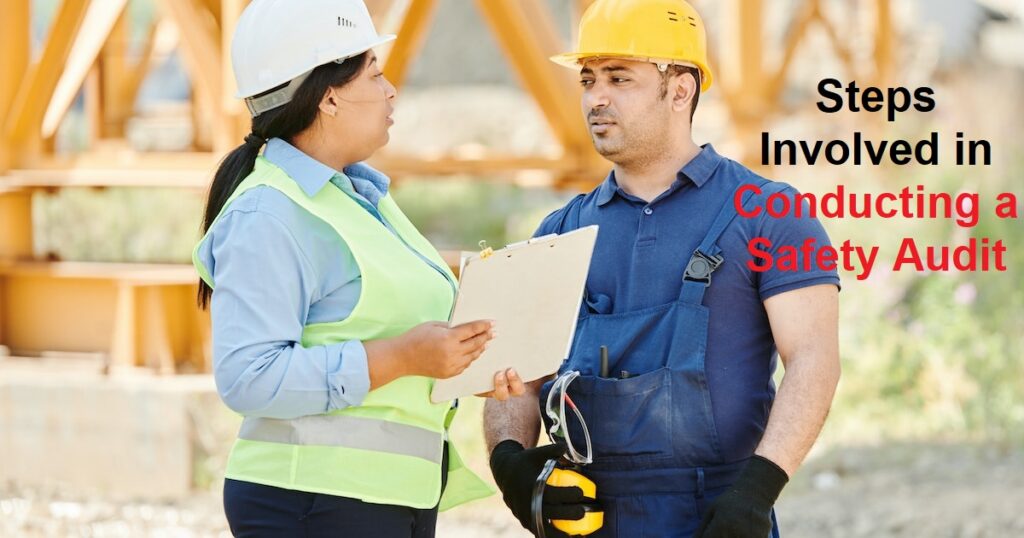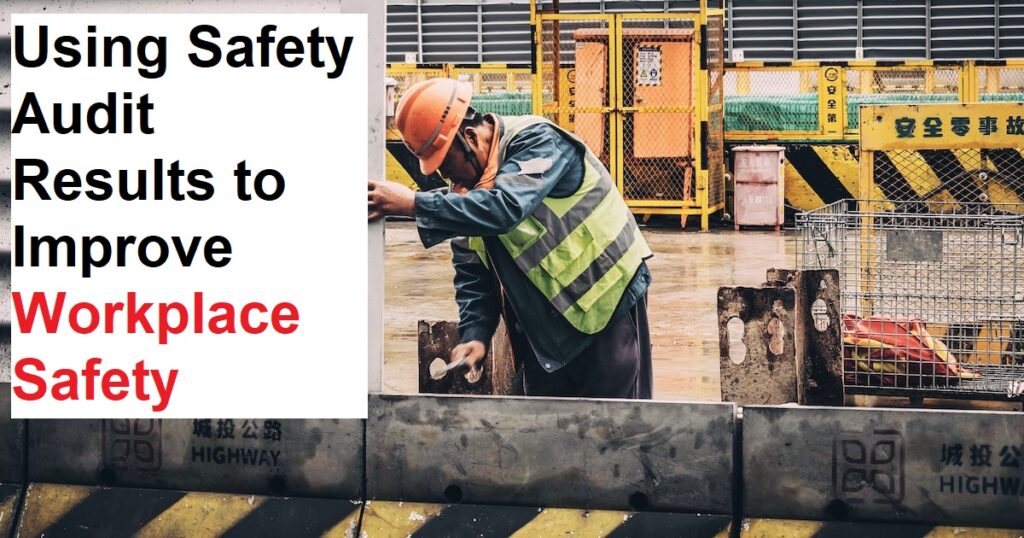A safety audit is a thorough evaluation of a workplace or organization’s safety performance, procedures, and systems. It is conducted to identify potential hazards and risks and to assess the overall effectiveness of the safety program. In this article, we will discuss the importance of safety audits, the types of safety audits, the steps involved in conducting a safety audit, and how organizations can use the results of a safety audit to improve workplace safety.
Importance of Safety Audits
Safety audits are essential for identifying potential hazards and risks that could cause injuries or fatalities in the workplace. They help organizations evaluate the effectiveness of their safety programs, identify areas for improvement, and ensure compliance with regulatory requirements. By conducting regular safety audits, organizations can identify and address potential safety issues before they become serious problems.
Types of Safety Audits
There are several types of safety audits, including compliance audits, management system audits, and process safety audits.
Compliance Audits
Compliance audits are designed to ensure that an organization is meeting regulatory requirements. They focus on identifying non-compliance issues and potential regulatory violations.
Management System Audits
Management system audits evaluate the effectiveness of an organization’s safety management system. They assess the policies, procedures, and systems that are in place to manage workplace safety.
Process Safety Audits
Process safety audits evaluate the effectiveness of an organization’s process safety management program. They assess the systems and procedures that are in place to manage the risks associated with hazardous materials and processes.

Steps Involved in Conducting a Safety Audit
The following are the steps involved in conducting a safety audit:
Step 1: Preparation
The first step in conducting a safety audit is to prepare for the audit. This involves identifying the scope of the audit, establishing audit objectives, and selecting the audit team.
Step 2: Conducting the Audit
During the audit, the audit team will collect data on the organization’s safety performance, procedures, and systems. This may involve interviewing employees, reviewing documentation, and observing work processes.
Step 3: Analyzing the Data
After the audit is complete, the audit team will analyze the data that has been collected. This involves identifying hazards and risks, evaluating the effectiveness of the safety program, and identifying areas for improvement.
Step 4: Reporting and Follow-Up
The final step in conducting a safety audit is to report the findings and recommendations to the organization. The organization can then use this information to develop an action plan to address the identified hazards and risks.

Using Safety Audit Results to Improve Workplace Safety
Organizations can use the results of a safety audit to improve workplace safety in several ways. This includes:
Identifying Areas for Improvement
By identifying areas for improvement, organizations can take action to address potential safety hazards and risks. This may involve implementing new safety procedures, providing additional training, or investing in new equipment.
Enhancing Safety Culture
Safety audits can help organizations enhance their safety culture by demonstrating the importance of safety and the organization’s commitment to ensuring a safe workplace.
Improving Regulatory Compliance
By identifying and addressing potential regulatory violations, organizations can improve their compliance with regulatory requirements and avoid fines and penalties.
Reducing Incidents and Injuries
By identifying and addressing potential safety hazards and risks, organizations can reduce the number of incidents and injuries that occur in the workplace.
Conclusion
Safety audits are an essential tool for ensuring workplace safety. By identifying potential hazards and risks, organizations can take action to address safety issues before they become serious problems. By conducting regular safety audits, organizations can ensure compliance with regulatory requirements, improve safety culture, and reduce incidents and injuries in the workplace.
FAQs
- What is a safety audit?
A safety audit is
Sure, my apologies. Continuing from the previous section:
- Why are safety audits important?
Safety audits are important because they help organizations identify potential hazards and risks in the workplace, evaluate the effectiveness of their safety program, and ensure compliance with regulatory requirements.
- What are the types of safety audits?
There are several types of safety audits, including compliance audits, management system audits, and process safety audits.
- How are safety audits conducted?
Safety audits are conducted by collecting data on an organization’s safety performance, procedures, and systems. This may involve interviewing employees, reviewing documentation, and observing work processes.
- How can organizations use the results of a safety audit?
Organizations can use the results of a safety audit to identify areas for improvement, enhance safety culture, improve regulatory compliance, and reduce incidents and injuries in the workplace.
In conclusion, safety audits are an important tool for ensuring workplace safety. By conducting regular safety audits, organizations can identify potential hazards and risks, evaluate the effectiveness of their safety program, and ensure compliance with regulatory requirements. By using the results of a safety audit to make improvements and address safety issues, organizations can create a safer workplace for their employees.
